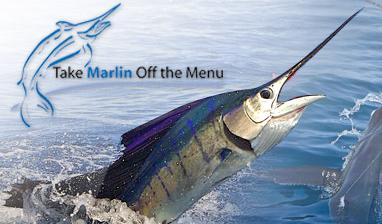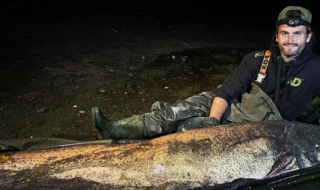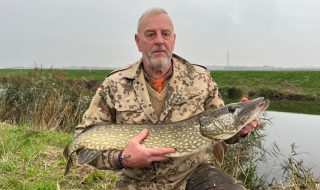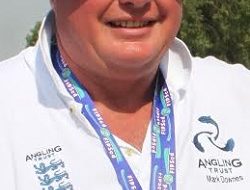The International Game Fish Association has long supported closing the Gulf of Mexico to surface longlines. But in an uncommon collaboration, this position is gaining new momentum as the National Oceanic and Atmospheric Administration (NOAA) prepares a new proposed regulation for the region as early as next month.
In anticipation of the Obama Administration’s new bluefin tuna regulations for U.S. fisheries in the Gulf of Mexico and the Atlantic Ocean, the IGFA is preparing to voice support for the adoption of greenstick and swordfish buoy gear to replace harmful and wasteful longlines.
Data from NOAA’s southeast Fisheries Science Center shows that from 2007 to 2009, 51% of the Gulf surface longline catch was discarded, and 65% of those discards were thrown back dead. This fishing gear also injures and kills approximately 80 types of marine wildlife including imperiled billfish species like blue and white marlin as well as bluefin tuna.
“It is well known that the Gulf of Mexico is the only known spawning ground for western Atlantic bluefin tuna,” Schratwieser continued, “and we know that closing areas to longlines does work to reduce bycatch significantly. Now is the time for NOAA to seize the opportunity to protect some of the ocean’s most majestic fish from dying needlessly on this wasteful gear.”
The rallying cry to end longlining practices in the Gulf is also supported by the availability of less harmful alternatives. Recent research with greenstick gear reported only 16% discarded catch, 0% of which was dead, and swordfish buoy gear results in only 9% discarded catch, 7% of which is dead. These highly selective types of gear also use far less line and hooks; greensticks typically use 650 feet of line and 10 hooks, swordfish buoy gear utilizes 375 feet of line and 2 hooks per buoy, and surface longlines cover a tremendous 30 miles and 750 hooks.
In addition to strong data showing the effectiveness and efficiency of greensticks and buoy gear, restoration funds from the Deepwater Horizon oil spill could help pay to transition surface longline fishermen to the more selective gear.
IGFA has partnered with the American Bluefin Tuna Association and The Pew Charitable Trusts on this effort. “This joint effort is significant because it demonstrates that everyone – recreational anglers, commercial anglers, and environmentalists alike – is concerned about the harm that surface longlines are causing in this area,” said IGFA’s Conservation Director Jason Schratwieser.
By working together, we can turn the tide on western Atlantic bluefin tuna, end the waste of incredible species like blue and white marlin and benefit fishermen who target them.”






